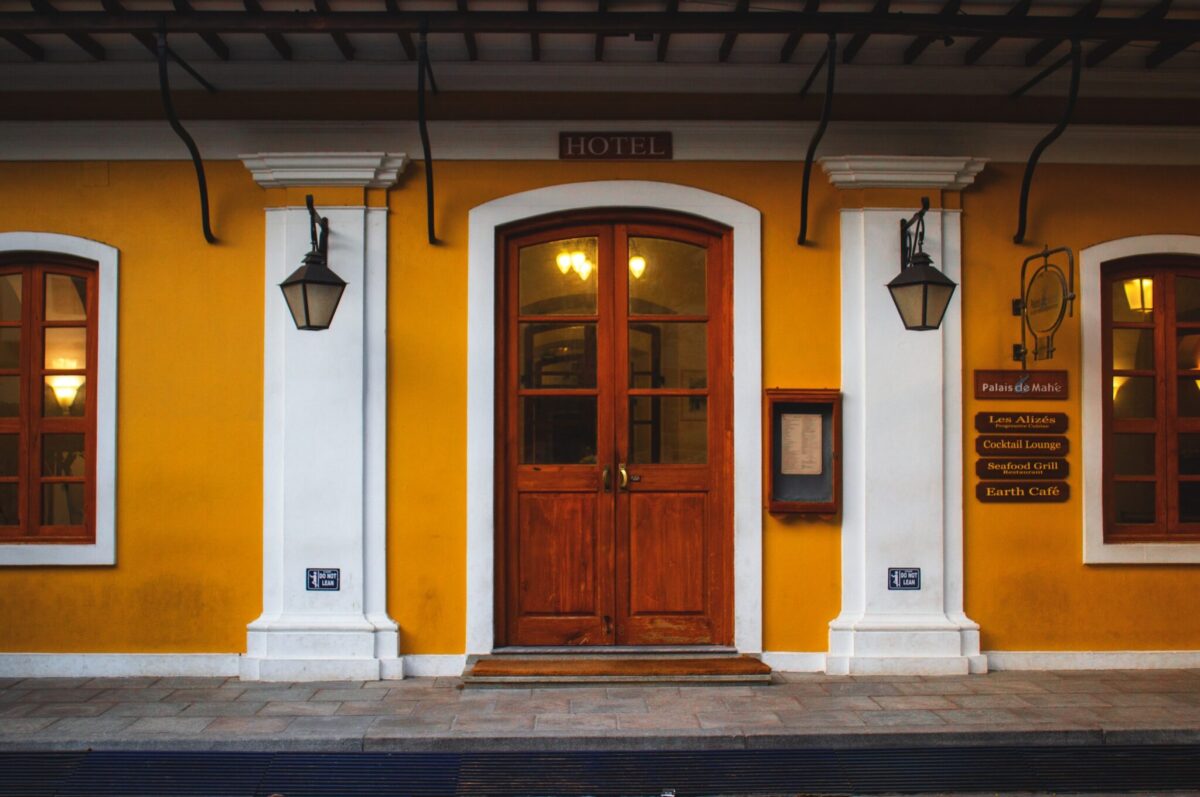Booking.com's Insight on How India Travels: India Report

“As a company we are very bullish on the Indian opportunity.” – Santosh Kumar, Booking.com’s country manager for India, Sri Lanka, Maldives and Indonesia.That's how Kumar opened Booking's “How India Travels” report release on Wednesday in Delhi, which cited several reasons for the optimism:
Projections show that travel spending among Indians is expected to go up from $150 billion in 2019 to $410 billion by 2030. While outbound trips account for 1% of total trips, they contribute to 25% of the total expenditure, which is on track to increase to 35% in the coming decade. The number of aggregate trips is also set to double, growing from 2.3 billion in 2019 to a projected 5 billion by 2030, according to the India tourism statistics.There is a marked difference in how they travel: Beyond traditional tourist destinations, Indian travelers are now on a quest for novelty, craving authentic and immersive experiences, as highlighted in Booking.com’s report released in collaboration with knowledge partners McKinsey & Company.
This shift, according to the report, is prompting online travel agencies to focus on tailoring personalized offers and optimizing landing pages to provide relevant product recommendations.
The report also sheds light on the shifting travel landscape, offering insights into the new Indian traveler and the factors driving this growth

